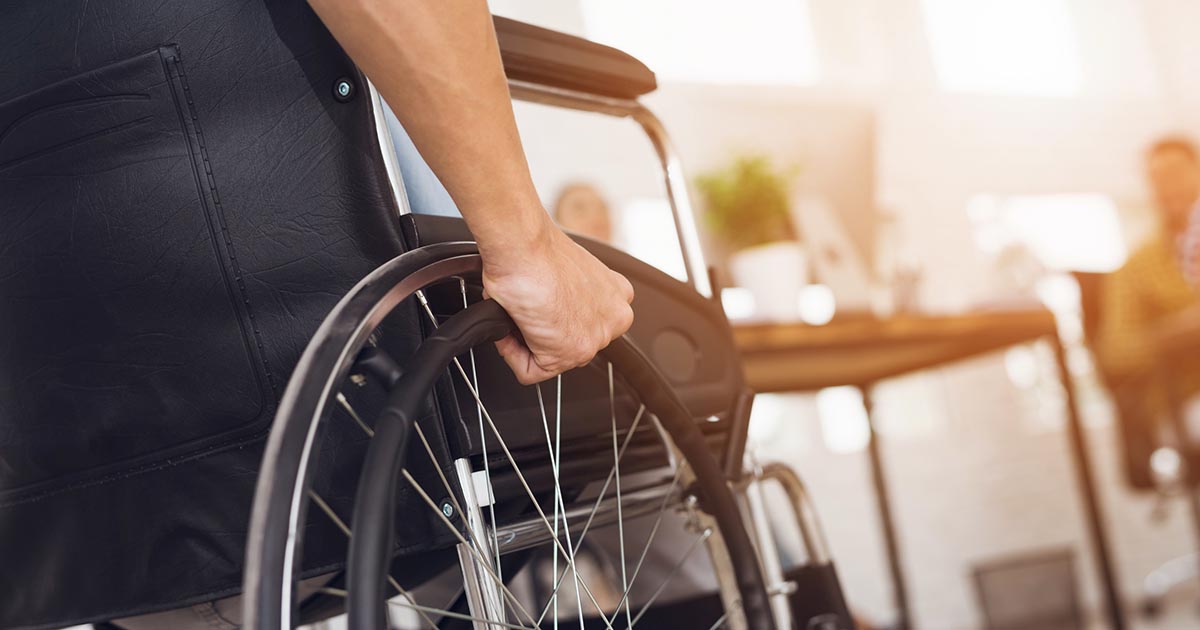Types And Treatments For Spinal Muscular Atrophy
Type 3

Spinal muscular atrophy type 3 is considered a more mild form of the disease. However, it still has serious and permanent effects on a patient's life. About one in every 375 thousand individuals is estimated to have this condition, making it one of the rarer manifestations. To be diagnosed with spinal muscular atrophy type 3, the symptoms must develop after a child reaches one year old. Most patients with this condition develop their symptoms somewhere from childhood to adolescence. Another requirement for diagnosis is that the symptoms develop after an individual has begun to walk.
Some researchers believe there are two subtypes to this form of spinal muscular atrophy. The first subtype focuses on patients whose symptoms begin before they reach three years old, while the second applies to individuals whose symptoms begin after three years old. Sometimes the first noticeable symptoms are struggles to run, walk, or move up the stairs. Muscle weakness tends to affect the hips and the legs, but it then progresses to the arms and shoulders.
Reveal the next form of spinal muscular atrophy now.
Type 4

Spinal muscular atrophy type 4 is also frequently called adult-onset spinal muscular atrophy because the symptoms first set in after adolescence. It is common for symptoms to develop or become noticeable when individuals are in their twenties or thirties. Individuals between thirty-five and forty years old are the most likely to receive a diagnosis. Some individuals with adult-onset spinal muscular atrophy begin showing symptoms in their late teens, after adolescence but before turning twenty years old.
The reason these patients do not experience symptoms as children is that they have either four or six SMN2 gene copies. This gene helps take over and compensate for the mutations that cause spinal muscular atrophy. Since these individuals have more genetic compensation for their condition, they do not feel the physical effects as strongly. The symptoms tend to start with mild hip and leg muscle weakness. Over time, this may move to the shoulders and arms. This progression tends to be standard among patients, but there is a huge range in the effects. Some patients will lose their ability to walk and need to be assisted by a wheelchair. Many individuals will be able to walk short distances but will sometimes need mobility aids.
Continue reading to reveal treatments for spinal muscular atrophy now.
